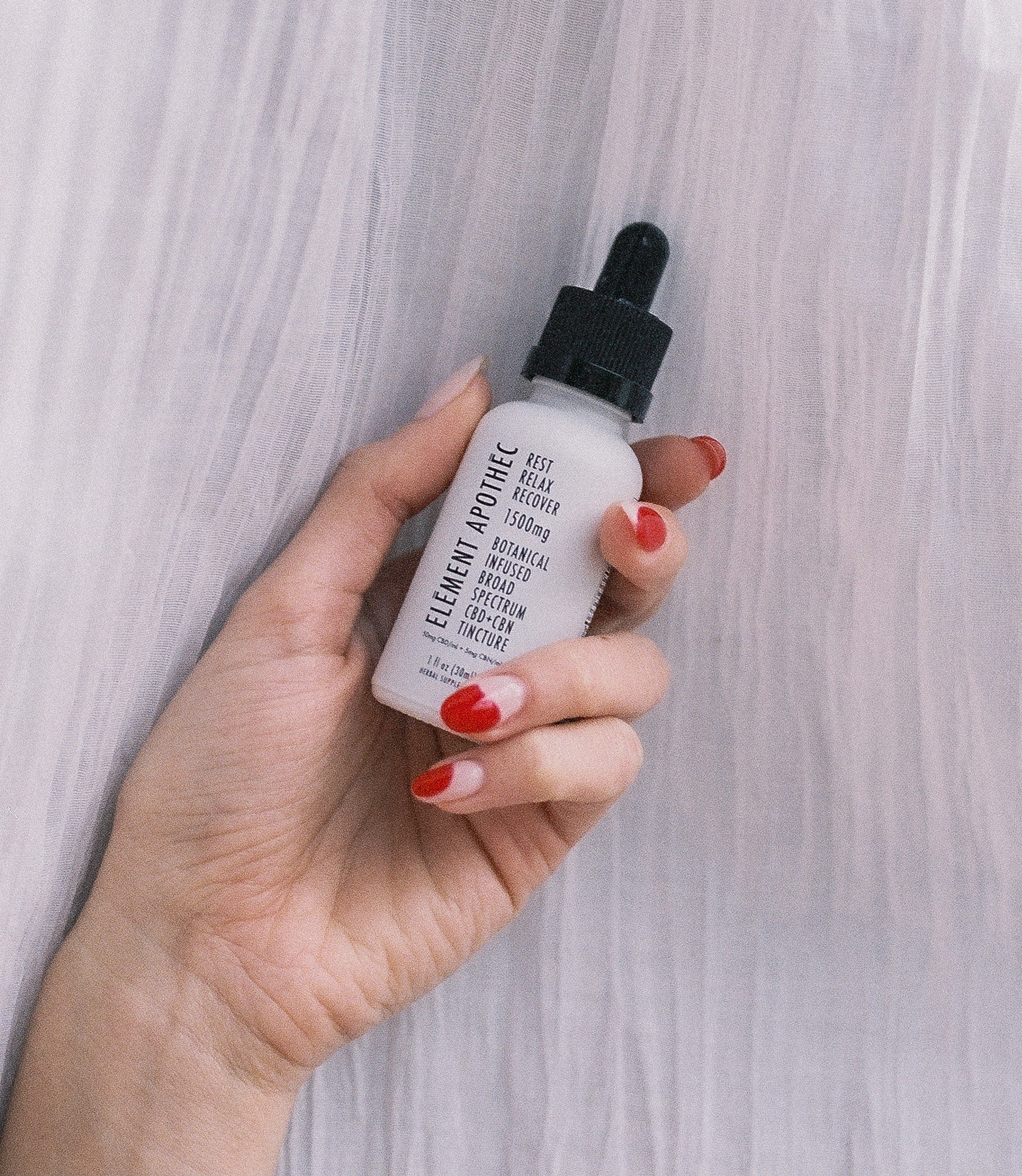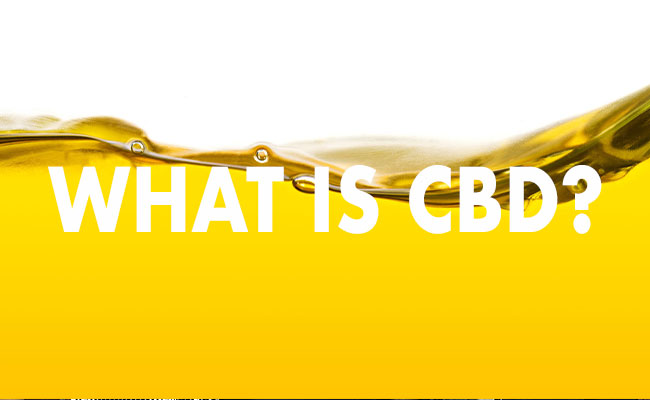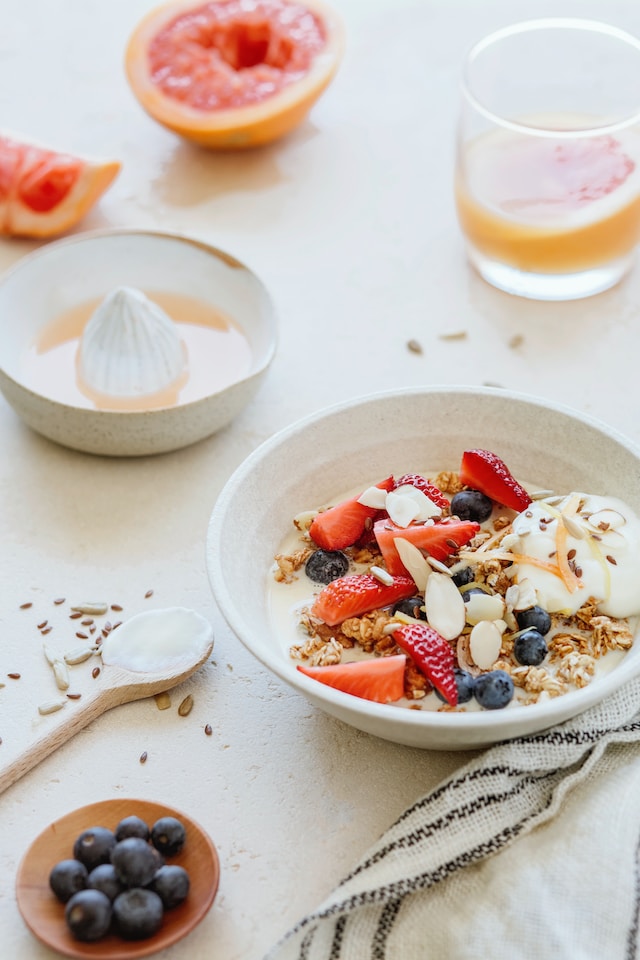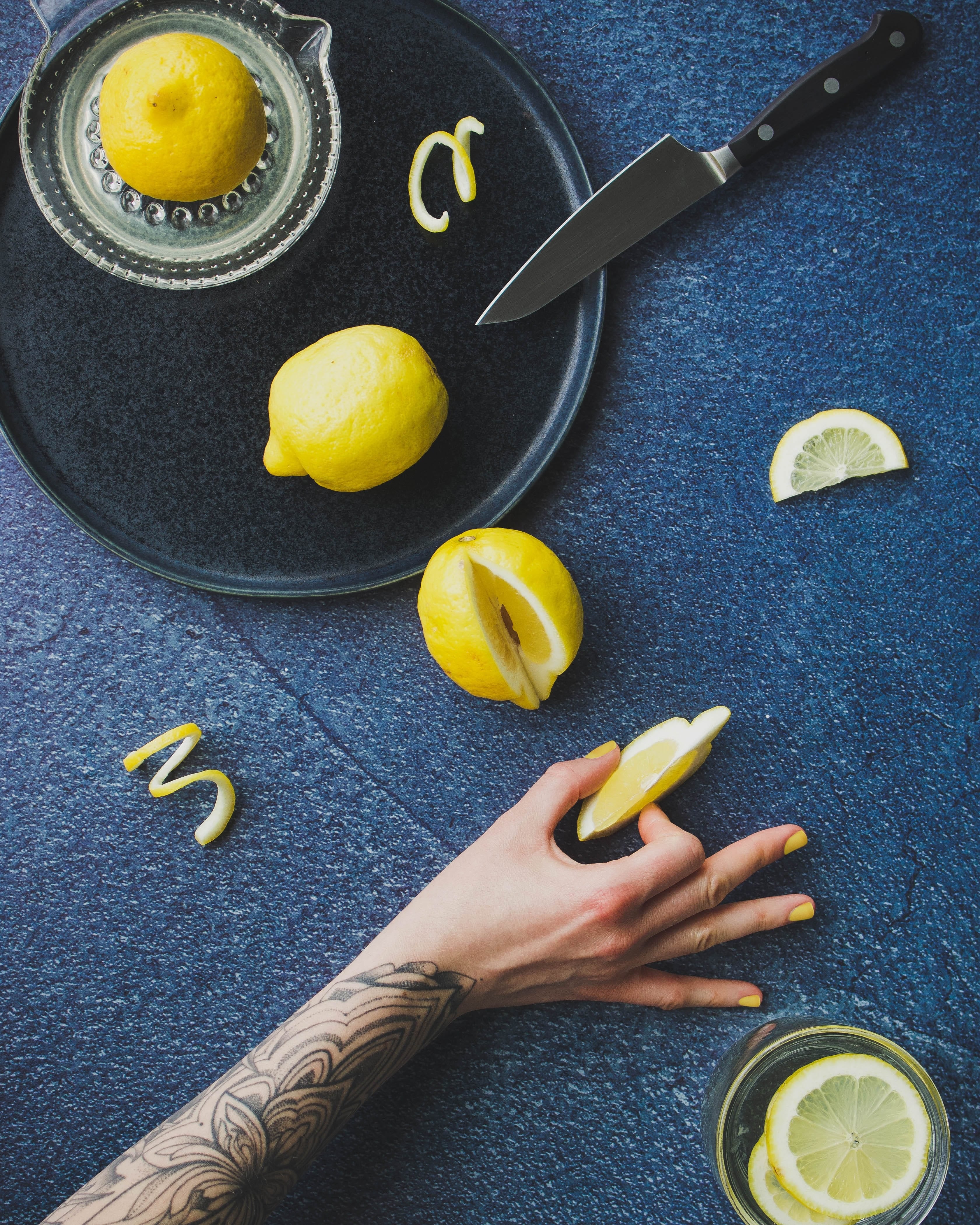
Behind the Rest Relax Recover Tincture
WRITTEN BY DR. SUSAN EGBERT
What is difficult to find in some brands today is an explanation of why they use certain ingredients over others. This post is meant to give you insight to some of the ingredients and the data that has been found on them so far.
The Rest Relax and Recover tincture is composed of cannabinoids and other naturally based ingredients that aim to achieve overall body wellness. There are two dosage strengths that consumers can use: 500 mg and 1500 mg.
The ingredient list for this product is: caprylic-capric triglycerides (MCT oil) (from coconut), cannabis sativa (hemp) seed oil, cannabis sativa (hemp) flower/leaf/stem extract, citrus reticulata (tangerine) leaf oil, siraitia grosvenorii (monk fruit) extract, citrus aurantium bergamia (bergamot) fruit oil, anthemis nobilis (roman chamomile) flower oil, vanilla planifolia (vanilla) fruit extract, cannabinol (cbn) isolate.
When thinking about formulations, there are multiple factors involved to ensure that the consumer will be able to get the most benefit out of the product. One of the biggest factors to consider is the base, the reason why is because it’ll dictate how it can be used (whether it be a tincture, capsule, patch, or any others). Next, you would have to think about what you want the purpose of the product in someone’s wellness regime or daily routine. As this is more of a whole wellness product, you try to include as many ingredients that you can that would not interact with each other as the consumer is ingesting it. So let's break down each of the ingredients and learn what each of them are for.
The base
Bases are used in CBD tinctures to enhance their effectiveness and stability. A base, also known as a carrier oil or a solvent, is used to dissolve the CBD extract, making it easier to consume and absorb. This allows the CBD to interact with the body's endocannabinoid system, which is responsible for regulating various bodily functions such as mood, appetite, and sleep. The choice of base oil can also impact the taste, texture, and potency of the tincture. In this article, we will look at some of the most common base oils used in CBD tinctures and how they affect the efficacy of the product.
Caprylic-capric triglycerides (MCT oil)(from coconut) (1)
Caprylic-capric triglycerides, also known as MCT oil, is a type of oil derived from coconuts that is commonly used as a carrier oil in CBD tinctures. MCT oil is a great choice for this purpose because it is easy to digest and absorbs quickly into the body, thus permitting fast relief from the effects of CBD. Additionally, MCT oil is high in fatty acids and helps to enhance the bioavailability of CBD, meaning that more of the CBD will be absorbed into the body when taken with MCT oil. MCT oil also provides a pleasant, mild flavor to CBD tinctures, making them more palatable and enjoyable to consume. Additionally, since there are essential oils in this product, it also helps with retaining them too.
For more information regarding MCT oil and other usages, please refer to this post.
Siraitia grosvenorii (monk fruit) extract (2,3)
Monk fruit extract used as a natural sweetener
To learn more about monk fruit and using it in your diet, please refer to this post.
The cannabinoids (4, 5, 6, 7, 8)
CBD tinctures are a popular way of consuming cannabidiol as they provide users with a fast and efficient way to experience its therapeutic benefits. CBD tinctures are used for a range of purposes, including to manage discomfort, mood, inflammation, and sleep. They are also used to promote overall wellness and balance, as CBD can help regulate various bodily functions, such as appetite, mood, and immune response. Overall, CBD tinctures are a convenient and effective way to experience the benefits of this powerful natural remedy.
Cannabis sativa (hemp) seed oil
Cannabis sativa (hemp) seed oil is a highly nutritious oil extracted from the seeds of Cannabis sativa, a plant known for its medicinal and industrial uses. It is an excellent source of essential fatty acids, including omega-3 and omega-6 fatty acids, which have anti-inflammatory and antioxidant properties. Hemp seed oil is used in cannabidiol (CBD) tinctures because it is a carrier oil that can help the body absorb the active compounds in the CBD. It is also an excellent source of nutrients, which can help support overall health and wellbeing. Hemp seed oil is a great addition to any health regimen, and its potential benefits are just being discovered.
Cannabis sativa (hemp) flower/leaf/stem extract
Cannabis sativa (hemp) flower/leaf/stem extract is an increasingly popular natural remedy used in CBD tincture. CBD is a non-psychoactive compound found in hemp plants that has been linked to a variety of potential health benefits. Hemp extract is a rich source of CBD, making it a popular choice for those who would like to promote feelings of calm, easing discomfort, and lowering unwanted inflammation. Unlike other forms of CBD, hemp extract can be taken in liquid form, making it easier to dose and manage.
Cannabinol (CBN) isolate
Cannabinol (CBN) isolate is a form of hemp extracted from the hemp plant and is one of the many cannabinoids found in the hemp plant. CBN is known for its sedative and pain-modulating effects and is often used in tinctures, topicals, and other products. CBN isolate is often used in CBD tinctures to create a more balanced and synergistic effect than CBD isolate alone. By combining the effects of CBD and CBN, the tincture is more effective in relieving discomfort and providing a calming effect to promote a restful, rejuvenating night’s sleep or recovery. Additionally, CBN is known to have anti-bacterial and anti-inflammatory properties, making it a great choice for people looking for a more holistic approach to their health and wellness. To learn more about the CBN, check out this article.
Broad spectrum CBD
Not mentioned, but if you want to learn more about CBD, you can read this post for a brief overview. Listed below are some of our other posts if you are interested in learning more about CBD, Cannabis, and everything else related to it.
- WHAT'S THE DIFFERENCE? | CBD ISOLATE, BROAD-SPECTRUM, & FULL-SPECTRUM
- FREQUENTLY ASKED QUESTIONS WITH DR. SWATHI - FAQ #8: WHAT IS DIFFERENCE BETWEEN BROAD SPECTRUM AND FULL SPECTRUM HEMP OIL?
- FREQUENTLY ASKED QUESTIONS WITH DR. SWATHI - FAQ #9: WHY USE BROAD SPECTRUM HEMP EXTRACT?
- FREQUENTLY ASKED QUESTIONS WITH DR. SWATHI - FAQ #7: WHAT ARE CANNABINOIDS?
- FREQUENTLY ASKED QUESTIONS WITH DR. SWATHI - FAQ #3: WHAT IS THE DIFFERENCE BETWEEN HEMP AND MARIJUANA?
- CONTEMPORARY CANNABIS: CBD (EPSIODE 4)
- CONTEMPORARY CANNABIS: THE HISTORY OF CANNABIS (EPISODE 2)
- WHAT ARE MINOR CANNABINOIDS?
- WHAT'S THE DIFFERENCE? | CBD OIL VS. HEMP OIL
- CBDA: A NEW CANNABINOID IN TOWN
- WHAT'S THE DIFFERENCE? | CBD ISOLATE VS. CBD DISTILLATE
The essential oils
Essential oils have long been used for their therapeutic benefits, offering a range of health benefits ranging from relaxation to discomfort or pain relief. They are highly concentrated natural plant extracts that are distilled from flowers, leaves, stems and roots to extract their beneficial properties. In recent years, essential oils have been integrated with Cannabidiol (CBD) tinctures, amplifying their therapeutic effects. The combination of essential oils and CBD creates a powerful natural remedy that can be used for stress, inflammation, and discomfort. Understanding the benefits of essential oils in CBD tinctures is key to making informed decisions about your health and wellness.
To learn more on essential oil usages please refer to this post: SMELL YOUR STRESS AWAY WITH ESSENTIAL OILS
Citrus reticulata (tangerine) leaf oil (9)
Citrus reticulata, commonly known as tangerine, is a small evergreen tree that belongs to the Rutaceae family. The leaves of this tree contain a highly aromatic oil that is extracted through steam distillation. This essential oil is rich in terpenes, which are natural compounds found in plants that have therapeutic benefits. Tangerine leaf oil has been found to have anti-inflammatory, anti-bacterial, and anti-fungal properties, making it a popular choice in many industries, including the production of CBD tinctures. When added to a CBD tincture, it can enhance the therapeutic effects of CBD by promoting relaxation, and improving overall mood. Additionally, tangerine leaf oil provides a pleasant citrus flavor and aroma, making it a great choice for those who prefer a more natural taste profile in their CBD products
To learn more on tangerine leaf oil please refer to this post:
Citrus aurantium bergamia (bergamot) fruit oil (10, 11, 12, 13)
Citrus aurantium bergamia, or bergamot, is a highly prized fruit for its essential oil. The oil is extracted from the rind of the fruit and is commonly used in the fragrance and food industries. Bergamot oil has many benefits when used in a CBD tincture. It helps to reduce stress, which are common symptoms that CBD oil is used to manage. Bergamot oil also has anti-inflammatory properties, which can help to reduce discomfort and inflammation in the body. In addition, it has a pleasant citrus aroma, which can help mask the strong taste of CBD oil. When used in combination with CBD, bergamot oil can increase the effectiveness of the tincture, making it a potent natural remedy for a variety of conditions.
To learn more bergamot fruit oil please refer to this post:
TERPENES 101 | ALPHA- AND BETA-PINENE
Anthemis nobilis (Roman chamomile) flower oil (14, 15, 16)
Anthemis nobilis, also known as Roman chamomile, is a flowering plant renowned for its medicinal properties that are widely used in skincare, aromatherapy, and herbal medicine. The plant has been used for centuries as a natural remedy to promote relaxation, relieve stress, and improve sleeping patterns. Anthemis nobilis flower oil, extracted from the plant's flowers, has anti-inflammatory, analgesic, and sedative properties, making it an excellent ingredient in a CBD tincture. It is believed to enhance the efficacy of the CBD by improving its absorption, bioavailability, and overall effectiveness. Anthemis nobilis flower oil works in synergy with CBD, intensifying the product's calming and soothing properties, making it an ideal ingredient for those seeking natural relief from stress and insomnia.
NATIONAL SLEEP AWARENESS MONTH | HERBS FOR SLEEP
Vanilla planifolia (vanilla) fruit extract (17)
Vanilla planifolia, commonly known as vanilla, is a plant species that is well-known for its distinct aroma and flavor. The extract of the fruit of the vanilla plant is regularly used in the production of CBD tinctures due to various reasons. Vanilla has a naturally sweet and pleasant flavor that can help mask the bitterness of CBD oil. Additionally, it has anti-inflammatory properties and can help reduce stress. Furthermore, vanilla extract is rich in antioxidants, which can help boost the overall immune system. All these properties combined make vanilla fruit extract a great ingredient in CBD tinctures, especially for those who are looking for a more enjoyable way to consume CBD.
In conclusion
The Element Apothec Rest Relax Recover tincture has ingredients from natural sources so that consumers do not have to worry about not knowing where the ingredients come from. To mask any strong flavors from some of the ingredients, other ingredients are added to mask the flavor. With its fast-acting nature and easy to use dropper, the Rest Relax Recover tincture is the perfect way to get the benefits of cannabinoids.
References
- Qian X, Lu Y, Ge L, Yin S, Wu D. Starch nanocrystals as the particle emulsifier to stabilize caprylic/capric triglycerides-in-water emulsions. Carbohydr Polym. 2020;245:116561. doi:10.1016/j.carbpol.2020.116561
- Shivani, Thakur BK, Mallikarjun CP, et al. Introduction, adaptation and characterization of monk fruit (Siraitia grosvenorii): a non-caloric new natural sweetener. Sci Rep. 2021;11(1):6205. Published 2021 Mar 18. doi:10.1038/s41598-021-85689-2
- EFSA Panel on Food Additives and Flavourings (FAF), Younes M, Aquilina G, et al. Safety of use of Monk fruit extract as a food additive in different food categories. EFSA J. 2019;17(12):e05921. Published 2019 Dec 11.
- Wheeler M, Merten JW, Gordon BT, Hamadi H. CBD (Cannabidiol) Product Attitudes, Knowledge, and Use Among Young Adults. Subst Use Misuse. 2020;55(7):1138-1145. doi:10.1080/10826084.2020.1729201
- Boehnke KF, Gagnier JJ, Matallana L, Williams DA. Cannabidiol Product Dosing and Decision-Making in a National Survey of Individuals with Fibromyalgia. J Pain. 2022;23(1):45-54. doi:10.1016/j.jpain.2021.06.007
- Deckey DG, Lara NJ, Gulbrandsen MT, Hassebrock JD, Spangehl MJ, Bingham JS. Prevalence of Cannabinoid Use in Patients With Hip and Knee Osteoarthritis. J Am Acad Orthop Surg Glob Res Rev. 2021;5(2):e20.00172. Published 2021 Feb 2. doi:10.5435/JAAOSGlobal-D-20-00172
- Stith SS, Vigil JM, Brockelman F, Keeling K, Hall B. The Association between Cannabis Product Characteristics and Symptom Relief. Sci Rep. 2019;9(1):2712. Published 2019 Feb 25. doi:10.1038/s41598-019-39462-1
- Hobbs JM, Vazquez AR, Remijan ND, et al. Evaluation of pharmacokinetics and acute anti-inflammatory potential of two oral cannabidiol preparations in healthy adults. Phytother Res. 2020;34(7):1696-1703. doi:10.1002/ptr.6651
- González-Mas MC, Rambla JL, López-Gresa MP, Blázquez MA, Granell A. Volatile Compounds in Citrus Essential Oils: A Comprehensive Review. Front Plant Sci. 2019;10:12. Published 2019 Feb 5. doi:10.3389/fpls.2019.00012
- Rombolà L, Tridico L, Scuteri D, et al. Bergamot Essential Oil Attenuates Anxiety-Like Behaviour in Rats. Molecules. 2017;22(4):614. Published 2017 Apr 11. doi:10.3390/molecules22040614
- Han X, Gibson J, Eggett DL, Parker TL. Bergamot (Citrus bergamia) Essential Oil Inhalation Improves Positive Feelings in the Waiting Room of a Mental Health Treatment Center: A Pilot Study. Phytother Res. 2017;31(5):812-816. doi:10.1002/ptr.5806
- Scuteri D, Rombolà L, Morrone LA, et al. Neuropharmacology of the Neuropsychiatric Symptoms of Dementia and Role of Pain: Essential Oil of Bergamot as a Novel Therapeutic Approach. Int J Mol Sci. 2019;20(13):3327. Published 2019 Jul 6. doi:10.3390/ijms20133327
- Watanabe E, Kuchta K, Kimura M, Rauwald HW, Kamei T, Imanishi J. Effects of bergamot ( Citrus bergamia (Risso) Wright & Arn.) essential oil aromatherapy on mood states, parasympathetic nervous system activity, and salivary cortisol levels in 41 healthy females. Forsch Komplementmed. 2015;22(1):43-49. doi:10.1159/000380989
- Chamomile. In: Drugs and Lactation Database (LactMed®). Bethesda (MD): National Institute of Child Health and Human Development; February 15, 2021.
- Hashikawa-Hobara N, Otsuka A, Ishikawa R, Hashikawa N. Roman chamomile inhalation combined with clomipramine treatment improves treatment-resistant depression-like behavior in mice. Biomed Pharmacother. 2019;118:109263. doi:10.1016/j.biopha.2019.109263
- Silveira V, Santos Rubio KT, Poleti Martucci ME. Anxiolytic effect of Anthemis nobilis L. (roman chamomile) and Citrus reticulata Blanco (tangerine) essential oils using the light-dark test in zebrafish (Danio rerio). J Ethnopharmacol. 2022;298:115580. doi:10.1016/j.jep.2022.115580
- Shyamala BN, Naidu MM, Sulochanamma G, Srinivas P. Studies on the antioxidant activities of natural vanilla extract and its constituent compounds through in vitro models. J Agric Food Chem. 2007;55(19):7738-7743. doi:10.1021/jf071349+
Note: Data talked about within this post is not about the serum itself. The purpose of this post is to talk about the individual ingredients and what has been studied about them.
–
This article was edited by Dr. Swathi and was written by Element Apothec Scientific Communications Intern, Dr. Susan Egbert. She is a pharmacist and Doctor of Philosophy (PhD) candidate studying Natural Products Chemistry at University of Manitoba in Winnipeg, Manitoba, Canada.











